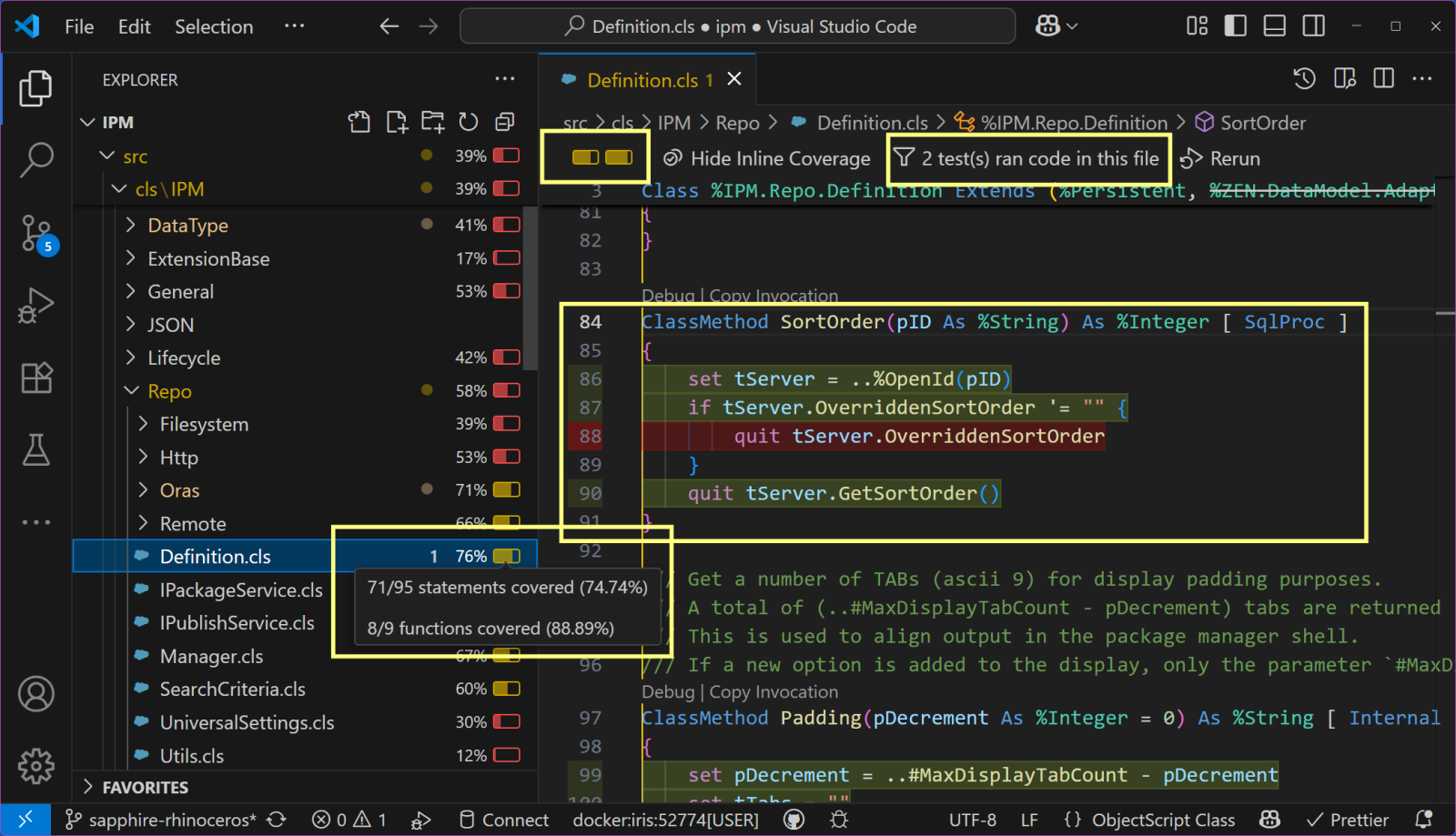I am currently experiencing frustration with trying to Authenticate an Active Directory account through JDBC as the Hospital System moves from OnPrem SQL Server to using Azure SQL Server with Microsoft Entra Authentication.
Microsoft cannot give me a straight answer of what is required from a JDBC standpoint to authenticate from a Linux environment.

.png)

